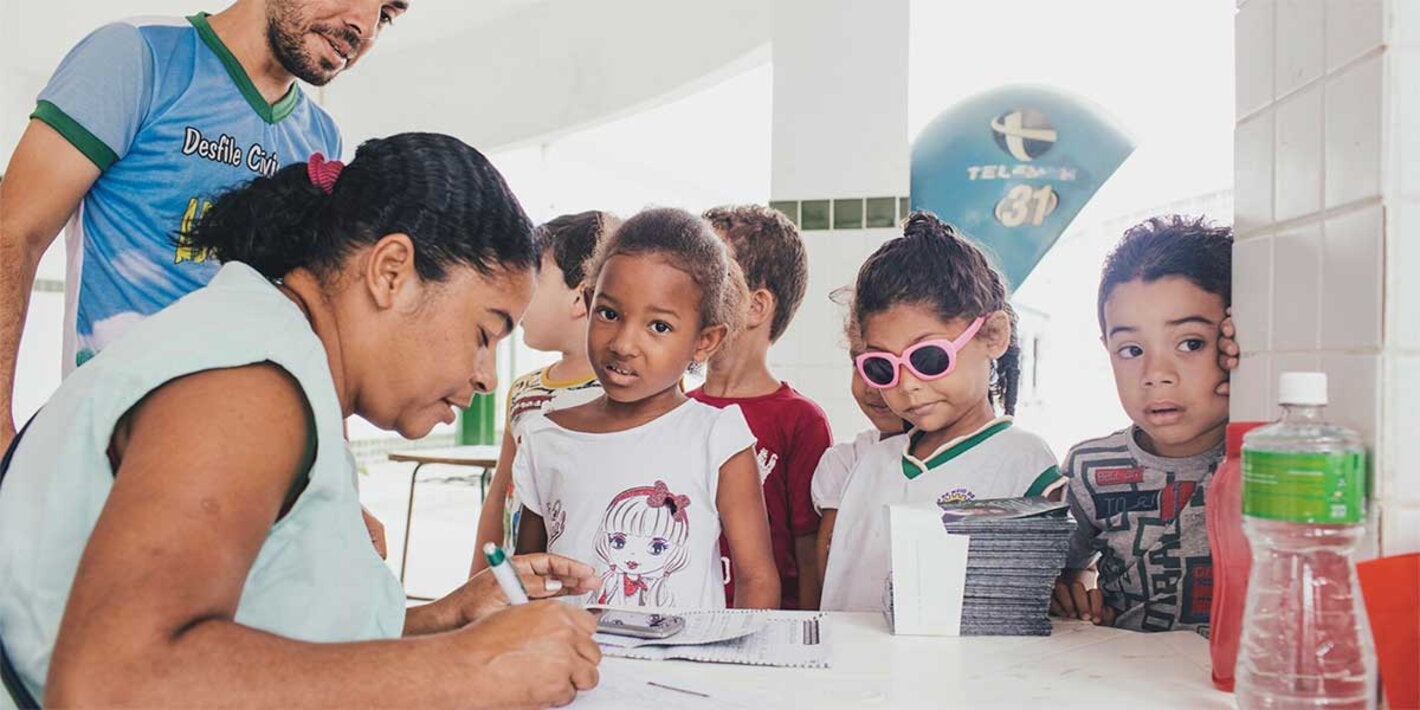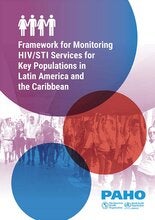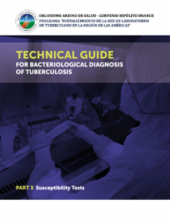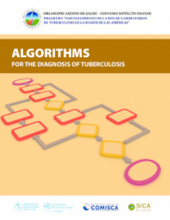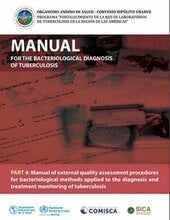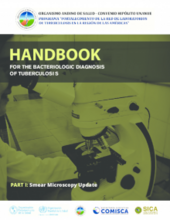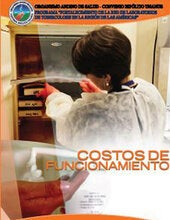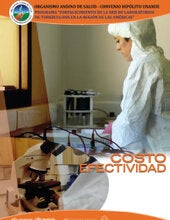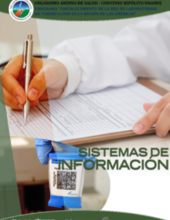Technical Assistance
With Global Fund’s financial resources, we provide a broad range of technical assistance services, mainly to Member States of the Americas but also to Country Coordinating Mechanisms, to develop National Strategic Plans; to draft epidemiological updates; to prepare investment cases, risk analysis, technical guides, gap analysis, performance frameworks, micro and macro stratification, and costing; to formulate evidence-based interventions; to facilitate Technical Review Panels, policy dialogue and consensus building among key stakeholders. Assistance is also provided to Principal Recipients of the Global Fund to enable solutions to bottlenecks and gaps, and to improve project performance. With the new Global Fund allocation cycle 2020-2022, PAHO will support 38 projects in the Region of the Americas.
Global Fund Allocation Cycle 2020-2022
Based on country’s disease burden, economic capacity, and country-specific factors, Global Fund communicates every three years the allocation amount to each eligible country. In cycle 2020-2022, the following countries received allocation letters totaling US$373,026,598:
|
N |
Country |
Disease |
Amount US$ |
Application Approach |
Allocation Utilization Period |
|
1 |
Haiti |
HIV |
72,959,840 |
Full Review, Joint HIV/TB |
1 Jan 2021 - 31 Dec 2023 |
|
2 |
Cuba |
HIV |
17,394,860 |
Tailored for Transition |
1 Jan 2021 - 31 Dec 2023 |
|
3 |
Guyana |
HIV |
4,816,401 |
Tailored for Focused Portfolios |
1 Jan 2021 - 31 Dec 2024 |
|
4 |
Guatemala |
HIV |
25,609,594 |
Full Review |
1 Jan 2021 - 31 Dec 2023 |
|
5 |
Nicaragua |
HIV |
12,457,279 |
Tailored for Focused Portfolios |
1 Jan 2021 - 31 Dec 2024 |
|
6 |
Honduras |
Malaria |
4,032,429 |
Tailored for Focused Portfolios |
1 Jan 2021 - 31 Dec 2023 |
|
7 |
Haiti |
Malaria |
21,000,000 |
Full Review |
1 Jan 2021 - 31 Dec 2023 |
|
8 |
Venezuela |
Malaria |
19,800,000 |
TBD |
2021 - 2023 |
|
9 |
Haiti |
TB |
25,422,056 |
Full Review, Joint HIV/TB |
1 Jan 2021 - 31 Dec 2023 |
|
|
|
|
|
|
|
|
10 |
Paraguay |
HIV |
6,722,401 |
Tailored for Focused Portfolios |
1 Mar 2021 - 29 Feb 2024 |
|
11 |
Suriname |
Malaria |
3,292,987 |
Tailored for Focused Portfolios |
1 Apr 2021 - 31 Mar 2024 |
|
|
|
|
|
|
|
|
12 |
Costa Rica |
HIV |
2,200,662 |
Tailored for Transition |
1 Jul 2021 - 30 Jun 2024 |
|
13 |
Guatemala |
Malaria |
4,771,920 |
Tailored for Transition |
1 Jul 2021 - 30 Jun 2024 |
|
|
|
|
|
|
|
|
14 |
Bolivia |
HIV |
10,168,010 |
Tailored for Focused Portfolios |
1 Jan 2022 - 31 Dec 2025 |
|
15 |
Suriname |
HIV |
2,355,648 |
Tailored for Focused Portfolios |
1 Jan 2022 - 31 Dec 2024 |
|
16 |
Jamaica |
HIV |
11,488,614 |
Tailored for Focused Portfolios |
1 Jan 2022 - 31 Dec 2024 |
|
17 |
Belize |
HIV |
2,999,251 |
Tailored for Focused Portfolios |
1 Jan 2022 - 31 Dec 2024 |
|
18 |
Dominican Republic |
HIV |
15,995,839 |
Tailored for Focused Portfolios |
1 Jan 2022 - 31 Dec 2024 |
|
19 |
El Salvador |
HIV |
16,074,816 |
Tailored for Focused Portfolios |
1 Jan 2022 - 31 Dec 2024 |
|
20 |
Bolivia |
Malaria |
5,555,895 |
Tailored for Focused Portfolios |
1 Jan 2022 - 31 Dec 2024 |
|
21 |
Nicaragua |
Malaria |
6,426,652 |
Tailored for Focused Portfolios |
1 Jan 2022 - 31 Dec 2024 |
|
22 |
El Salvador |
TB |
3,182,056 |
Tailored for NSP or Tailored for Focused Portfolios |
1 Jan 2022 - 31 Dec 2024 |
|
23 |
Nicaragua |
TB |
3,097,287 |
Tailored for Focused Portfolios |
1 Jan 2022 - 31 Dec 2024 |
|
24 |
Peru |
HIV |
9,018,643 |
Tailored for Focused Portfolios |
1 Jul 2022 - 31 Dec 2025 |
|
25 |
Multi-Caribbean (DMA, GRD, LCA, VCT) |
HIV |
2,450,000 |
Tailored for Focused Portfolios |
1 Apr 2022 - 31 Mar 2025 |
|
26 |
Honduras |
HIV |
11,604,842 |
Tailored for Focused Portfolios |
1 Aug 2022 - 31 Dec 2025 |
|
27 |
Guyana |
TB |
500,000 |
Tailored for Focused Portfolios |
1 Apr 2022 - 31 Dec 2024 |
|
28 |
Peru |
TB |
10,898,534 |
Tailored for Focused Portfolios |
1 Jul 2022 - 31 Dec 2025 |
|
29 |
Multi-Caribbean (DMA, GRD, LCA, VCT) |
TB |
1,200,000 |
Tailored for Focused Portfolios |
1 Apr 2022 - 31 Mar 2025 |
|
30 |
Honduras |
TB |
3,057,700 |
Tailored for Focused Portfolios |
1 Aug 2022 - 31 Dec 2025 |
|
31 |
Colombia |
HIV |
19,457,001 |
Tailored for Focused Portfolios |
1 Nov 2022 - 31 Dec 2025 |
|
32 |
Guatemala |
TB |
4,387,112 |
Tailored for Transition |
1 Jul 2022 - 30 Jun 2025 |
|
33 |
Ecuador |
HIV |
6,005,764 |
Tailored for Focused Portfolios |
1 Jan 2023 - 31 Dec 2025 |
|
34 |
Guyana |
Malaria |
1,185,793 |
Tailored for Transition |
1 Jan 2023 - 31 Dec 2025 |
|
35 |
Bolivia |
TB |
5,436,712 |
Tailored for Focused Portfolios |
1 Jan 2023 - 31 Dec 2025 |
|
|
|
TOTAL |
373,026,598 |
|
|
In addition, we implement the following projects supported by the Global Fund:
Strategic information to consolidate and guide comprehensive HIV services for key populations in the LAC Region. This project aims at improving the availability and coverage of HIV/STI related health services for KP (MSM, TGW, FSW), and the availability of information to monitor these services in countries in Latin America and the Caribbean to accelerate progress towards the global commitment of ending AIDS by 2030. The project benefits the whole Latin American and the Caribbean sub-region, and specific activities have been concentrated in Bolivia, El Salvador, Honduras and Paraguay. In 2020, focused activities will be expanded to Ecuador, Costa Rica, Panama and Dominican Republic and partial support will be given to Nicaragua and Guatemala. The goal of the project is to accelerate the achievement of SDG3 target 3.3.1.
Framework for Monitoring HIV/STI Services for Key Populations in Latin America and the Caribbean; 2019
Strengthening the Tuberculosis Laboratory Network in the Region of the Americas. With financial support of the Global Fund and the Organismo Andino de Salud Hipolito Unanue Agreement (ORAS-CONHU) as the main implementor, PAHO participated as sub-recipient and technical coordinator of the grant activities. This project contributes with reducing the gap in the detection of cases of tuberculosis in the Americas by strengthening the diagnostic capacity through in 20 laboratory networks established in the region. Specifically, PAHO provides assistance in strengthening technical capacities of the three supranational references laboratories in Argentina, Chile and Mexico to assist national networks of tuberculosis laboratories in Argentina, Belize, Bolivia, Chile, Colombia, Costa Rica, Cuba, Ecuador, El Salvador, Guatemala, Guyana, Honduras, Mexico, Nicaragua, Panama, Paraguay, Peru, Dominican Republic, Uruguay and Venezuela. PAHO also strengthens technical capacities (workshops) on biosafety and management of biological risks, safe transportation of infections substances, maintenance of laboratory equipment, quality management, and information systems for laboratories. Guidelines and manuals for TB laboratory diagnosis were developed with the latest international recommendations.
Master plan for strengthening HIV, TB and malaria response in the Bolivarian Republic of Venezuela from health perspective. With financial support of the Global Fund and other donors, and in collaboration with national and international partners, PAHO provides technical support to ensure continuity of essential health services with emphasis on medicines and laboratory services, based on periodically updated situation analyses, mapping of existing and incoming supplies, and gap estimates with 3-year projections. Under the HIV component, PAHO supports continuity in access to antiretroviral treatment, improved surveillance and HIV data, and laboratory capacity. Under TB component, it improves TB detection and diagnosis, prevention, treatment and care; and under Malaria component, it supports diagnosis, treatment, case management and vector control in targeted areas. PAHO coordinates this project in close collaboration with the Venezuelan Ministry of Health, the Global Fund, UNAIDS, UNICEF, local and international civil society organizations, and health professionals.
Strengthening public health national supply chains to promote technical independence and long-term sustainability: A regional approach. The goal of this project is to ensure quality of the data, smooth flow of logistics information along the supply chain, and appropriate methodologies towards forecasting of needs and procurement planning. It also supports countries to manage essential medicines and to forecast and program the supply of diagnostic and laboratory reagents. The project covers gaps in capacity building to prevent and mitigate risks on pharmaceutical and other health technologies management. PAHO focuses on the development of sustainable health systems by transferring the successful experiences, processes/methods and lessons learned from previous experiences to ensure sustainability. This includes mapping the supply chain in Bolivia, Cuba, Ecuador, El Salvador, Guatemala, Honduras, Nicaragua, Paraguay; supporting country-specific workplans for strengthening health supply; developing a baseline and key performance indicators; and establishing inter-agency regional coordination to align country interventions.
Results

